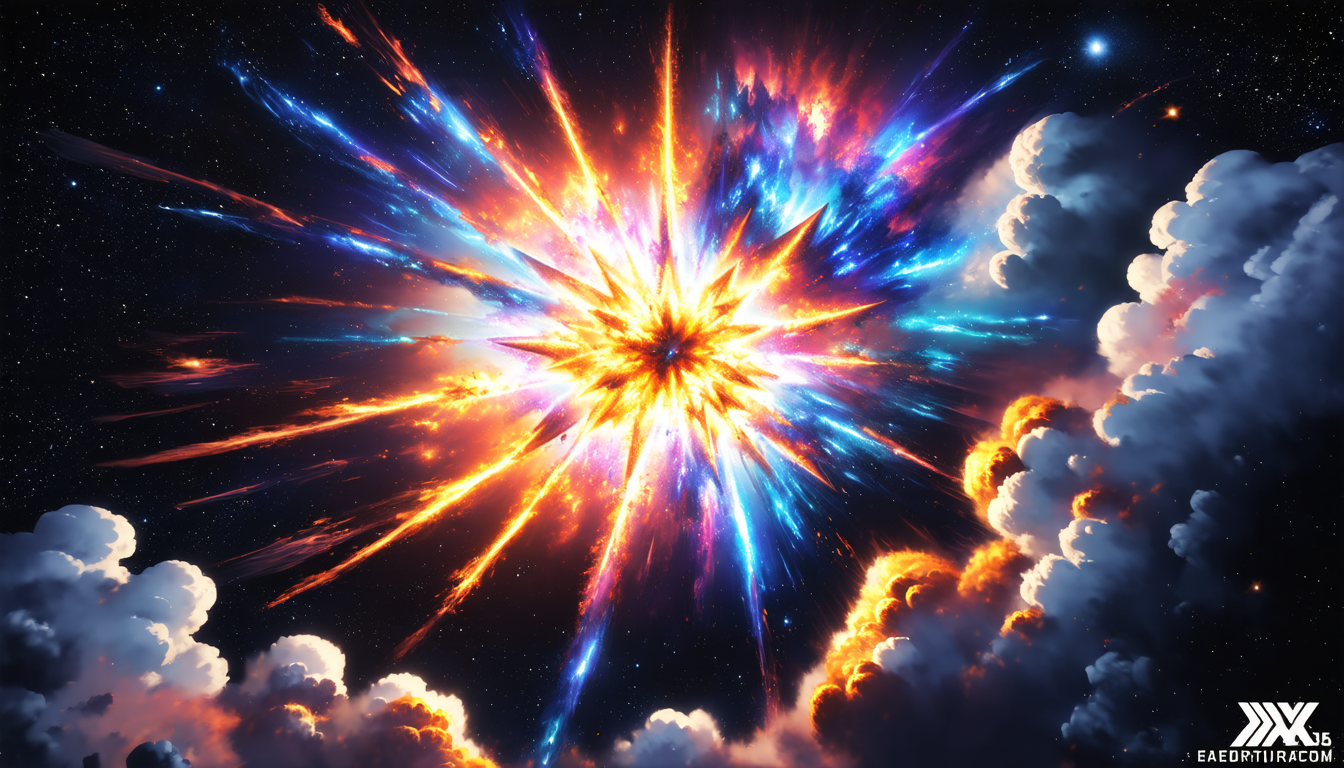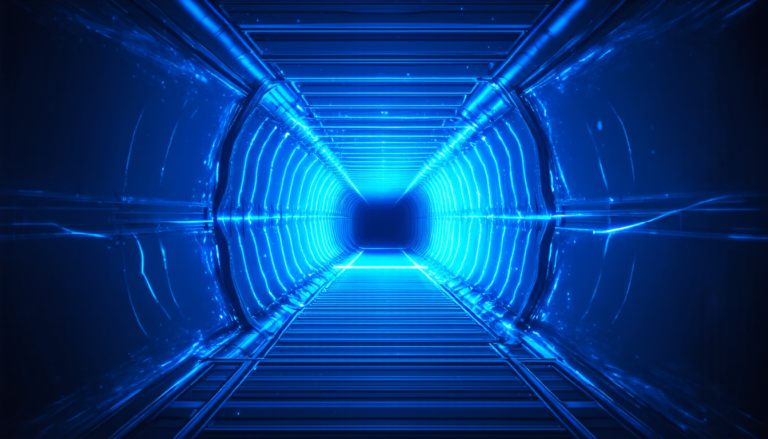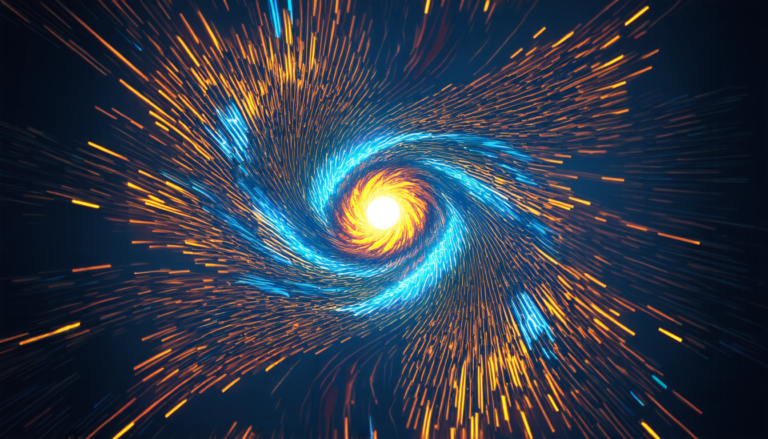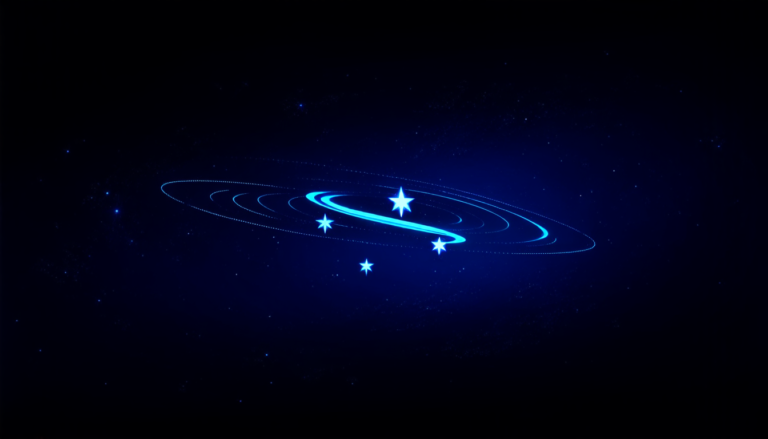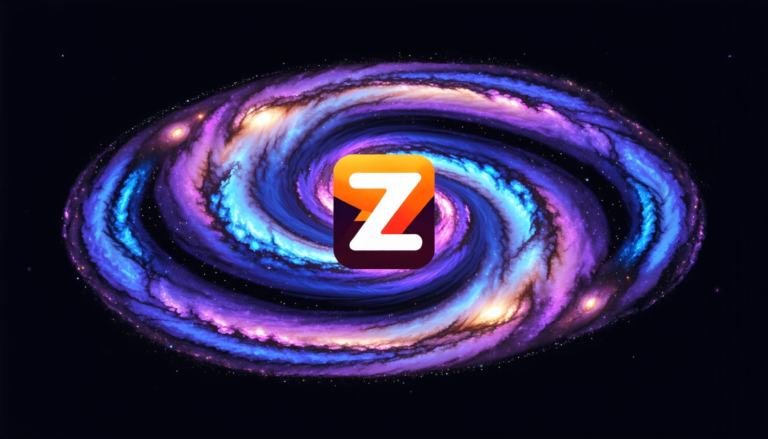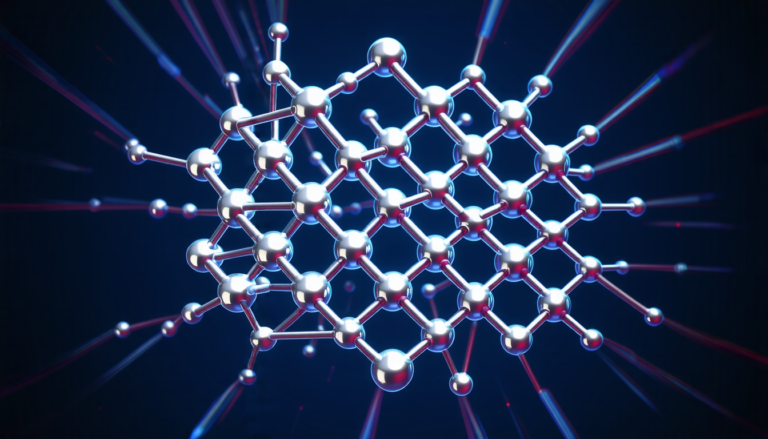Monday 14 July 2025
Scientists have long been fascinated by gamma-ray bursts, intense explosions of energy that can be seen from millions of light-years away. These events are thought to occur when massive stars collapse or when two neutron stars collide. But a new study has shed light on a rare type of gamma-ray burst that may challenge our current understanding of these cosmic phenomena.
The researchers analyzed data from the Fermi Gamma-Ray Space Telescope and identified 29 gamma-ray bursts with a unique three-episode structure. The first episode, known as the precursor emission, is followed by a main emission and then an extended emission. This pattern is unlike any previously observed gamma-ray burst.
By studying these events, scientists were able to identify six new gamma-ray bursts that fit this pattern. They also found that these bursts are characterized by short duration and minimum variability timescale of the precursor emission, as well as a short waiting time between the precursor and main emissions.
One of the most intriguing aspects of these bursts is their association with kilonovae, massive explosions that occur when two neutron stars collide. Kilonovae are thought to be responsible for creating many of the heavy elements found on Earth, such as gold and uranium.
The researchers suggest that these gamma-ray bursts may be caused by a different type of explosion than previously thought. Instead of being triggered by the collapse of a massive star, they may be the result of a compact binary merger. This could have significant implications for our understanding of the origins of heavy elements in the universe.
The study also highlights the importance of machine learning techniques in identifying patterns in complex data sets. By analyzing large amounts of data and identifying correlations that might not be immediately apparent to human researchers, machines can help scientists uncover new insights into the workings of the universe.
In addition to its scientific significance, this research has practical applications for astronomers. The ability to rapidly identify gamma-ray bursts with this unique pattern could enable more efficient follow-up observations and potentially lead to the discovery of new sources of heavy elements in the universe.
The study’s findings have sparked excitement among scientists, who are eager to continue studying these mysterious events. As researchers delve deeper into the mysteries of gamma-ray bursts, they may uncover even more surprises that challenge our current understanding of the universe.
Cite this article: “Mysterious Gamma-Ray Bursts Challenge Our Understanding of Cosmic Explosions”, The Science Archive, 2025.
Gamma-Ray Bursts, Fermi Gamma-Ray Space Telescope, Neutron Stars, Kilonovae, Machine Learning, Compact Binary Merger, Heavy Elements, Universe, Astronomy, Space Telescope

